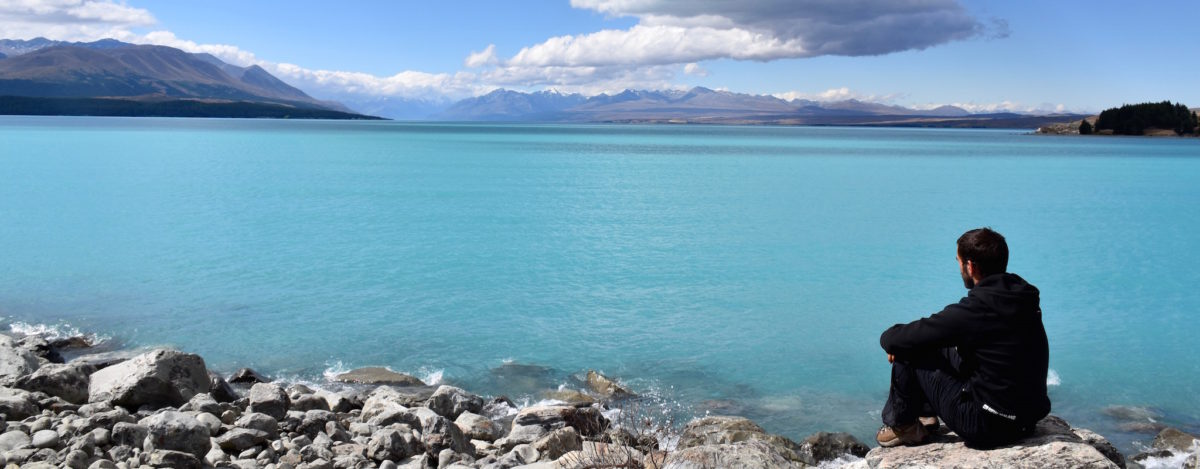Smoothing the Way for Diabetes-friendly Travel
Travel is becoming the lifestyle of choice for my generation and the next. It is the lens through which we wish to see the world and supposedly, our travel goals are easier to achieve than ever before. Yet for me, and the many others with diabetes, traveling can sometimes feel like moving in the wrong direction. The sleep, diet and exercise routine that we have worked so hard to establish suddenly requires extra attention in the wake of constant change. Our close community of informed family and friends is far far away and access to medication, much more limited.
Nervous? I thought so. My wife and I felt the same way before we embarked on our one-year journey around the world. Managing my type 1 diabetes—finding reliable travel insurance, researching insulin storage options, stocking up on medical supplies, etc.—suddenly superseded all other aspects of our trip planning. Finally, we realized that the only way to ensure that the places we visited were diabetes-friendly was to make it the centerpiece of our conversations.
We started El Big Monday, a bilingual (English/Spanish) blog with a focus on traveling with diabetes. Here, we provide tips on how to manage diabetes on the road while sharing our personal travel experiences. We also offer short diabetes workshops to tourism industry professionals, hospitality workers and curious individuals in the places we visit. The goal is to inform people who work directly with travelers about the growing prevalence of diabetes, educate them on emergency response and familiarize them with a diabetic’s toolkit. On the most basic level, we try to show them all the little things that can go a long way.

These little things include differentiating between type 1 and type 2, making sure you have an alternate sugar option for coffee and tea services, and reacting with a sense of urgency when a customer says, “My friend is diabetic and having a low, could we please have an orange juice?” We also remind them not to discriminate against insulin-dependent people with diabetes who use their medication in public. All of these suggestions have come from real-life experiences we’ve had. And unfortunately, these oversights do add up and start to irritate when you’ve been on the road for some time.
So far, we have spent the first leg of our journey in New Zealand. We have found that some New Zealanders are more informed than others about diabetes, but almost everyone is willing to listen and become more proactive. Occasionally, we get some pushback such as: “Is diabetes really that big of a deal?” and we assure them that it doesn’t have to be, as long as everyone in the community does their part to minimize the risks.
Because of all of the amazing nature opportunities that New Zealand offers, our biggest challenge has been managing the risk for hypoglycemia on our high-intensity activity days. A low can sneak up on you when you are too busy taking photos of a mesmerizing summit or it can come at night after a long day of surfing. On those days, I monitor my blood glucose levels with more frequency and my wife usually sets an alarm at night to wake up and check on me.
One of our favorite travel stories is when we were walking through the pouring rain in Belfast, looking for a decent place to eat and not having much luck. When we finally found a restaurant, I was already on a low and didn’t realize it. My wife said she knew when I opened the menu and loudly insisted on ordering a bucket of fried chicken, even though I have been a strict vegetarian since I was fourteen years old. I was out of character, to say the least.
We laugh about it now, but traveling with diabetes does add an extra layer of logistics to our day and it’s not always funny. But we are working hard to smooth the road for others and we feel stronger with this purpose behind our travels. Even in a world as heavily populated and highly explored as ours, in some tiny way, with our compass of diabetes care, we continue to cover uncharted territories and make our own map of what we hope the world might look like.
Read Travels With (New) Diabetes by Gretchen Otte.





